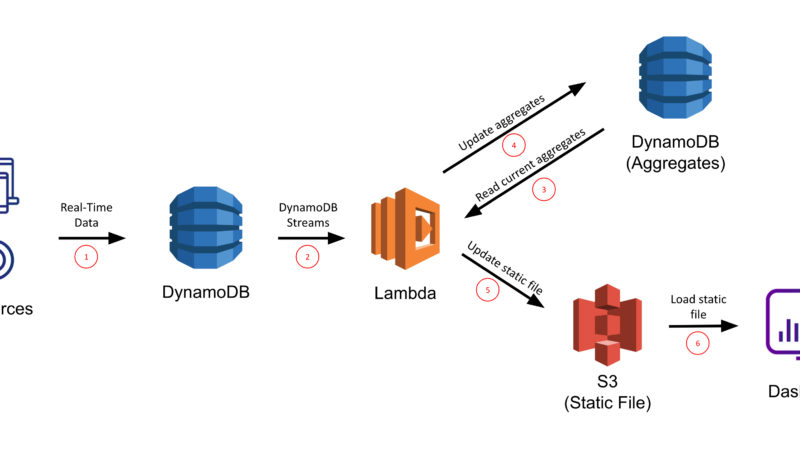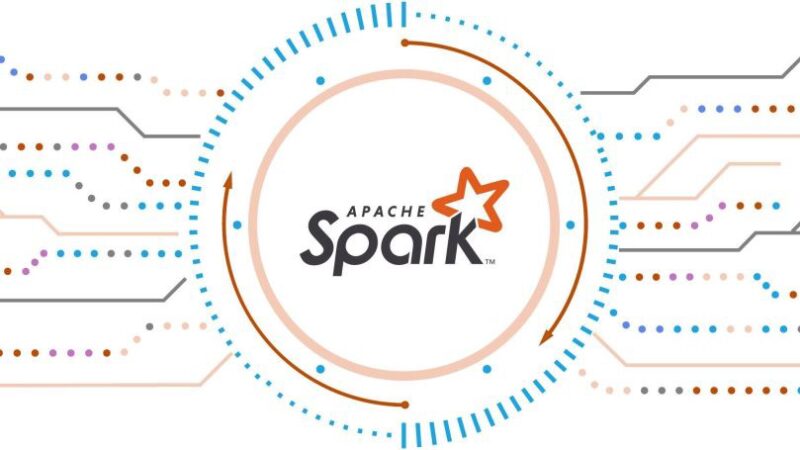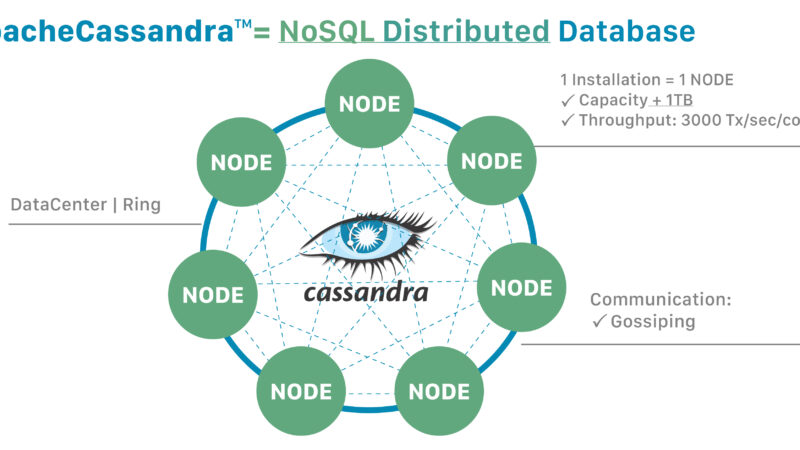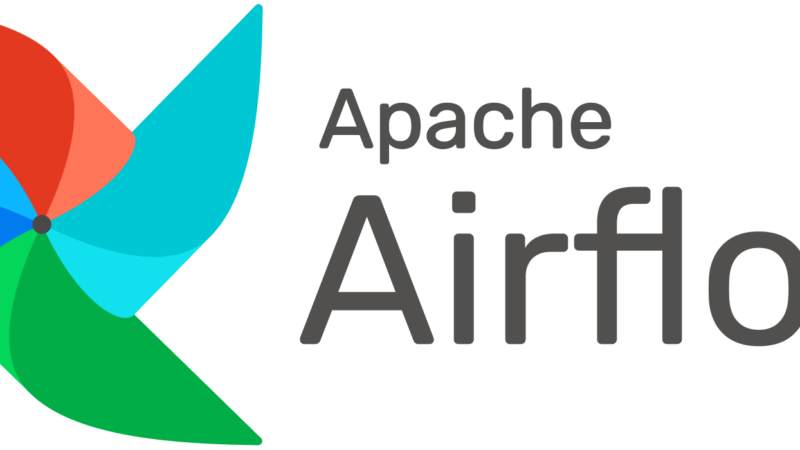64 Natural language processing interview questions and answers | 2019
Are you planning machine leaning expert or nlp engineer ? Here is the best list of 64 nlp interview questions that helps to crack the interview easily.
If you are not still yet completed machine learning and data science. Here is the list of machine learning interview questions, data science interview questions, python interview questions and sql interview questions.
NLP Interview Questions:
Enroll Free Natural Language Processing Course From Coursera
| What is NLP(natural language processing) ? |
| Natural language processing is a subfield of computer science, information engineering, and artificial intelligence concerned with the interactions between computers and human languages, in particular how to program computers to process and analyze large amounts of natural language data |
| What is applications of NLP ? |
| Text classification, Text summarization, Name entity recognization, part of speech tagging, language model building, Machine translation, Spell checking, speech recognization, character recognization. |
| What is tokenization ? |
| Splitting the sentence into words |
| What is stemming ? |
| Stemming is the process of reducing a word to its word stem that affixes to suffixes and prefixes. |
| What is lemmatizing ? |
| Lemmatizing is also same like stemming but the difference is lemmantizing words known with dictionary. |
| What is Normalization ? |
| Converting different range of values to same scale from 0 to 1. |
| What is POS (parts of speech) tagging ? |
| Tagging a word with noun, pronoun, adverd, adjective etc. |
| What is NER (name entity recognition)? |
| NER refers to name entiyy recognization like places, organizations, companies etc. |
| What are nlp libraries and tools ? |
| CoreNLP from Stanford group. |
| NLTK, the most widely-mentioned NLP library for Python. |
| TextBlob, a user-friendly and intuitive NLTK interface. |
| Gensim, a library for document similarity analysis. |
| SpaCy, an industrial-strength NLP library built for performance. |
| What are stop words ? |
| a, the , an etc like repeated words in text, that doesn’t give any additional value to context. we can filter those words by using nltk library standard function. |
| What are punctuation’s ? How can you remove it ? |
| What is Noise Removal ? |
| Remove unwanted data from corpus. Like if you are working sentiment analysis, we have to remove ?”! etc. |
| What is Wordnet ? |
| WordNet is a lexical database for the English language. It groups English words into sets of synonyms called synsets, provides short definitions and usage examples, and records a number of relations among these synonym sets or their members. |
| How can you find synonyms and antonyms for a word ? |
| Refer here |
| What is NLG (Natural language Generation) ? |
| It’s about generating new text from understanding old data. |
| What is NLU (Natural language understanding) ? |
| It’s about understanding of natural language. How humans are communicating in different scenarios. |
| What is Corpus ? |
| It’s a collection of text documents. |
| What is N- Gram, Unigram, Bigram and Trigram? |
| it’s about word analysis, unigram means single word, bigram means double words and trigram means tripple word. |
| What is Language modeling ? |
| A statistical language model is a probability distribution over sequences of words. Given such a sequence, say of length m, it assigns a probability to the whole sequence. The language model provides context to distinguish between words and phrases that sound simila |
| What is Latent semantic analysis ? |
| Latent semantic analysis is a technique in natural language processing, in particular distributional semantics, of analyzing relationships between a set of documents and the terms they contain by producing a set of concepts related to the documents and terms |
| What is word embedding ? |
| Word embedding is the collective name for a set of language modeling and feature learning techniques in natural language processing where words or phrases from the vocabulary are mapped to vectors of real numbers |
| What are word embedding libraries ? |
| Word2vec |
| Glove |
| Fasttext |
| genism |
| What is word2vec ? |
| Word2vec is a group of related models that are used to produce word embeddings. These models are shallow, two-layer neural networks that are trained to reconstruct linguistic contexts of words |
| What is Glove ? |
| GloVe, coined from Global Vectors, is a model for distributed word representation. The model is an unsupervised learning algorithm for obtaining vector representations for words. This is achieved by mapping words into a meaningful space where the distance between words is related to semantic similarity. |
| What is Fasttext ? |
| fastText is a library for learning of word embeddings and text classification created by Facebook’s AI Research lab. The model allows to create an unsupervised learning or supervised learning algorithm for obtaining vector representations for words |
| What is Genism ? |
| Gensim is a production-ready open-source library for unsupervised topic modeling and natural language processing, using modern statistical machine learning. Gensim is implemented in Python and Cython for top performance and scalability |
| What is text mining ? |
| Text mining, also referred to as text data mining, roughly equivalent to text analytics, is the process of deriving high-quality information from text. High-quality information is typically derived through the devising of patterns and trends through means such as statistical pattern learning |
| What is Information Extraction ? |
| Information extraction is the task of automatically extracting structured information from unstructured and/or semi-structured machine-readable documents. In most of the cases this activity concerns processing human language texts by means of natural language processing |
| What is object standardization ? When it will be used ? |
| Text data often contains words or phrases which are not present in any standard lexical dictionaries. These pieces are not recognized by search engines and models. |
| What is text generation ? When we will do it ? |
| Generate new text from understanding old data. |
| What is text summarization ? When we will do it ? |
| Automatic summarization is the process of shortening a text document with software, in order to create a summary with the major points of the original document. Technologies that can make a coherent summary take into account variables such as length, writing style and syntax.
It’s widely used in news article sites. |
| What is Topic Modeling ? When we will do it ? |
| Topic modeling is a type of statistical modeling for discovering the abstract “topics” that occur in a collection of documents. Latent Dirichlet Allocation (LDA) is an example of topic model and is used to classify text in a document to a particulartopic |
| What is sentiment analysis ? When we will do it ? |
| What Term frequency(TF) ? |
| What is Inverse term frequency (IDF) ? |
| What is difference between NLTK and Spacy ? |
| What is difference between OpenNLP and NLTK ? |
| What is sequence modeling ? How it’s helpful in NLP ? |
| What is dependency parsing ? |
| What is semantic parsing ? |
| What is constituency parsing ? |
| What is difference between shallow parsing and dependency parsing ? |
| How does the PageRank algorithm work? |
| What is Differentiate regular grammar and regular expression. |
| How will you estimate the entropy of the English language? |
| What is bagofwords model ? |
| What is cosine distance ? |
| What is doc2vec model ? |
| What is CBOW( continuous bag of words ) |
| What is Skip-gram ? |
| What are models to reduce dimensionality of data in nlp |
| Latent Dirichlet Allocation |
| Latent Semantic Indexing |
| Keyword Normalization |
| What is document-term matrix ? |
| A document-term matrix or term-document matrix is a mathematical matrix that describes the frequency of terms that occur in a collection of documents. |
| What is pragmatic analysis in NLP? |
| How can you find word similarity in nlp ? |
| How can you find sentence similarity in nlp ? |
| How can you find document similarity in nlp ? |
| What is NLP usage in recommendation engines ? |
| What are conditional random fields ? |
| What are hidden markov fields ? |
| What is Naive bayes algorithm, When we can use this algorithm in NLP ? |
| What is Text Matching / Similarity techniques ? |
| Levenshtein Distance |
| Phonetic Matching |
| Flexible String Matching |
| Cosine Similarity |
| What is Coreference Resolution ? |
| What is Ambiguity in NLP ? |
| Explain about one project you have done in Nlp from start to ending. |




